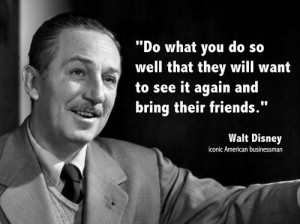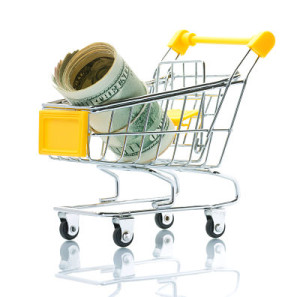Creating the perfect landing
March 16, 2016
 If you have a generic “we serve everyone” sort of website, there’s great value in adding some landing pages, especially if you are trying to speak with very specific audiences who have unique needs and interests.
If you have a generic “we serve everyone” sort of website, there’s great value in adding some landing pages, especially if you are trying to speak with very specific audiences who have unique needs and interests.
Landing pages are ideal if you:
- Want to target specific audiences with different messaging
- Offer different products, information or pricing to different customer types
- You want to test different offers
- Your sales cycle or actual product/solution is very complex
- You have a long sales cycle
If you’re going to use landing pages, there are some best practice rules of thumb you’ll want to follow.
Keep it simple: A landing page isn’t meant to be a reading project. It’s about getting the person who is clicking on the link or entering the URL to take one small action step.
Be very clear about the benefits of what you’re offering and make the call to action obvious and easy to follow. This isn’t the time for a subtle text link. Use a button or some other design element to draw their eye right where it needs to be.
Speed matters: Part of keeping it simple is making sure it’s both easy and fast. In this case, speed is about both load times and ease of use. Believe it or not, our attention span when it comes to our willingness to wait for a page to load is half of what it was a few years ago. So don’t load that page up with big graphics or other complexities.
Consistency is key: If you refer to the offer as a white paper in your print ad or direct mail piece, don’t have the landing page call it a case study. Use the exact same language on the landing page as you did on whatever marketing tool you used to drive your audience there.
Whatever you promised them to get them to visit the landing page – give it to them, clearly and quickly.
Consistency isn’t just about the language you use. The look and feel of the landing page should match the other marketing materials. You want it to be clear that this landing page is a continuation of the existing conversation, not something new or different.
Look legit: You want your web visitors to know that they can trust you so you want your entire web presence, including your landing pages to be very credible. Be transparent and obvious when it comes to who owns the page. Use your logo to identify who is making the offer. Include an About Us page if you think someone might not recognize your company name or logo.
Your landing pages should also look professional. If you’re a member of an organization like the Better Business Bureau, a local Chamber or trade association – use their logos to lend even more credibility.
Other voices: A smart way to reassure your web visitors of not only your legitimacy but also your value is to let others do the talking. Testimonials from other customers, endorsements from publications or organizations, reviews and even social proof like Facebook likes can all go a long way to help a visitor begin to trust you.
You can also highlight number of downloads, sign-ups, subscribers or other key indicators to show that they’re not the first person to stumble upon your page.
Landing pages offer you the ability to customize your message and shorten your sales cycle by being able to focus on exactly what a specific group of potential buyers is interested in. They’re inexpensive to create and give you a chance to test out different headlines, copy points and offers.
Why not try this technique and make it easier for your potential customers to buy?
More








